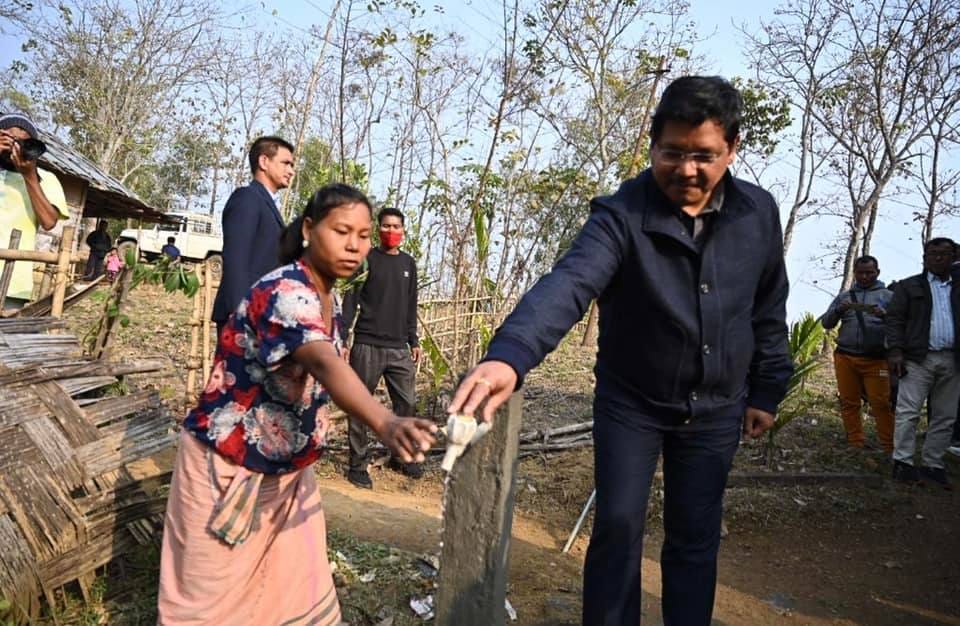Meghalaya makes strides in Jal Jeevan Mission (JJM) implementation with 61.52 per cent completion rate. According to the JJM Dashboard, East Garo Hills district is the best performing district in terms of the JJM coverage- 80.09 percent while the worst performing District is the East Jaintia Hills with 44.50 percent.
Meghalaya government is determined to ensure that the Jal Jeevan Mission is completed well before the Central Government’s deadline of March 2024.
The state implemented over 4 Lakh households connected with tap water supply under JJM.
From 4450 functional household tap connections on August 15, 2019 to 4,00,812 connections today.
Announcing this significant achievement, Chief Minister Conrad K Sangma congratulated the team of the Jal Jeevan Mission, Meghalaya.
“Meghalaya crosses a remarkable 4 lakhs Jal Jeevan Mission Functional Household Tap Connections (FHTCs). We congratulate and render our best wishes to the Jal Jeevan Mission Meghalaya team, as we continue to pursue our target of 100% FHTCs in our state,” Sangma said.
Commissioner & Secretary to the Public Health Engineering Department, Government of Meghalaya, and Mission Director of Jal Jeevan Mission in the state, Syed Md. A. Razi, expressed his enthusiasm, saying, “This is a huge milestone for the state. We will not rest on our laurels but continue to take Meghalaya towards a water-secure future. Our endeavour is to have households in the remotest areas with tap water connections, and we will continue until we reach the last mile.”
The progress in Meghalaya showcases varying degrees of tap water supply to households across different districts. East Garo Hills stands at 80.09%, South West Garo Hills at 79.02%, Ri Bhoi at 72.83%, North Garo Hills at 69.35%, Eastern West Khasi Hills at 67.56%, South Garo Hills at 65.56%, South West Khasi Hills at 65.15%, West Garo Hills at 59.82%, West Khasi Hills at 57.52%, West Jaintia Hills at 50.29%, East Khasi Hills at 50.01%, and East Jaintia Hills at 44.50%.
The Jal Jeevan Mission, a nationwide endeavour, aims to provide safe and sustainable drinking water to rural households by 2024.


